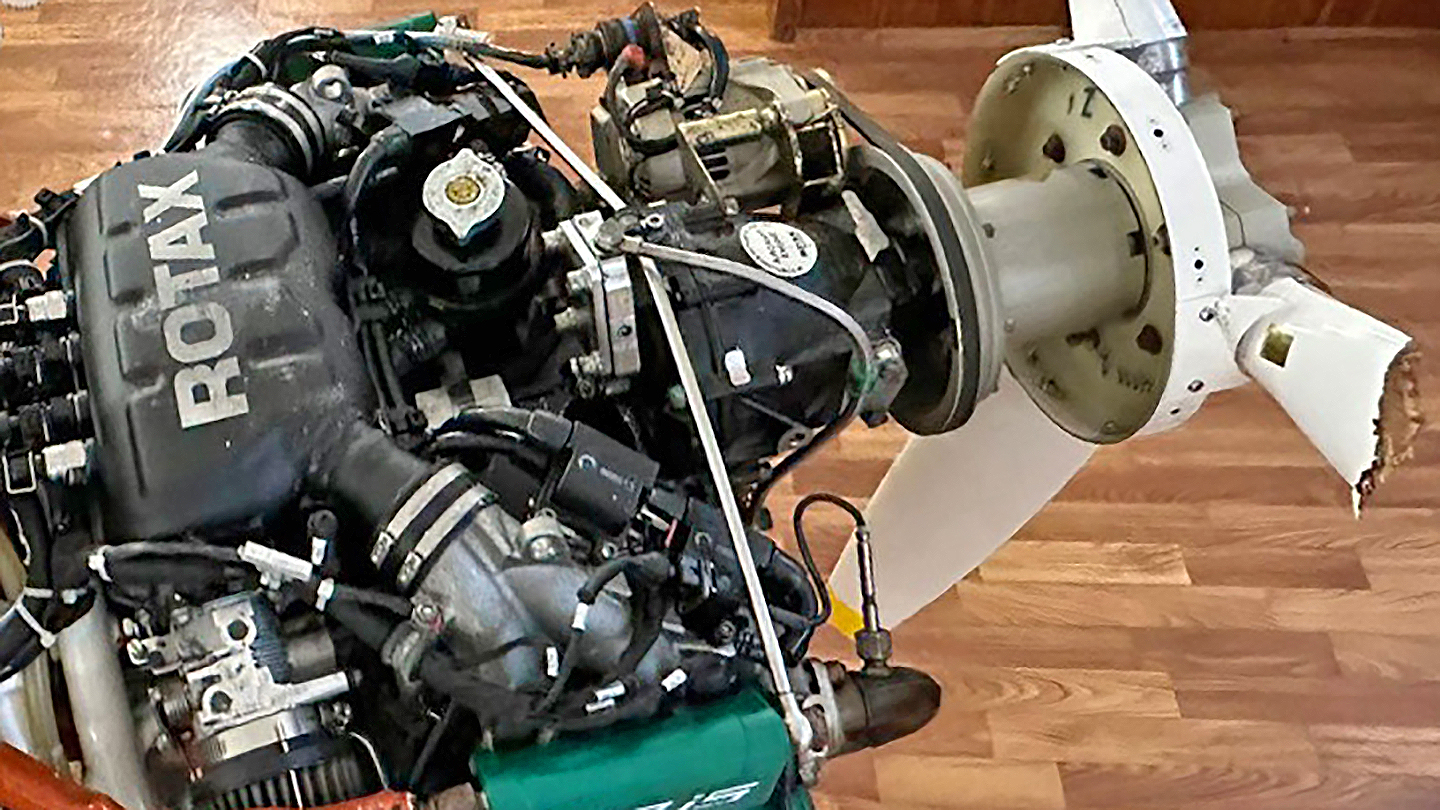An engine designed by the Austrian company Rotax was discovered installed in one of Russia’s Iranian-made Mohajer-6 drones that went down over the Black Sea earlier this month. Rotax says it has launched an investigation into its engines powering Iranian drones. The delivery of such hardware to Iran violates European Union sanctions banning the export of items with both civilian and military purposes, such as vehicle parts. Identical sanctions are imposed by the European Union against Russia, as well.
Mohajer-6, which you can read about in detail in this past War Zone feature, is just one of the types included in a larger order of Iranian drones that Russia began employing against Ukraine in September. The Iranian government has categorically denied that it had anything to do with the delivery, which is a farce.
Rotax is an Austrian subsidiary owned by Canadian company Bombardier Recreational Products (BRP), which is known for designing the engines that power snowmobiles, watercraft, motorcycles, aircraft, and a significant number of unmanned aerial vehicles (UAVs). Perhaps most famously, BRP’s Rotax aviation engines are known to power General Atomics’ MQ-1 Predator and Israel’s Heron drones.
In a statement released by BRP and Rotax responding to the evidence that has since emerged, they insisted that Rotax engines are “produced, designed, and certified for civil use only by the applicable civil regulatory authority.”
“We have been made aware of the alleged use of Rotax engines, or counterfeit engines, in certain specific situations involving Iranian Mohajer-6 drones in the conflict areas,” read the press release. “We are taking this situation very seriously. BRP has not authorized and has not given any authorization to its distributors to supply military UAV manufacturers in Iran or Russia.” In years past, other Russian drones have featured Rotax engines.
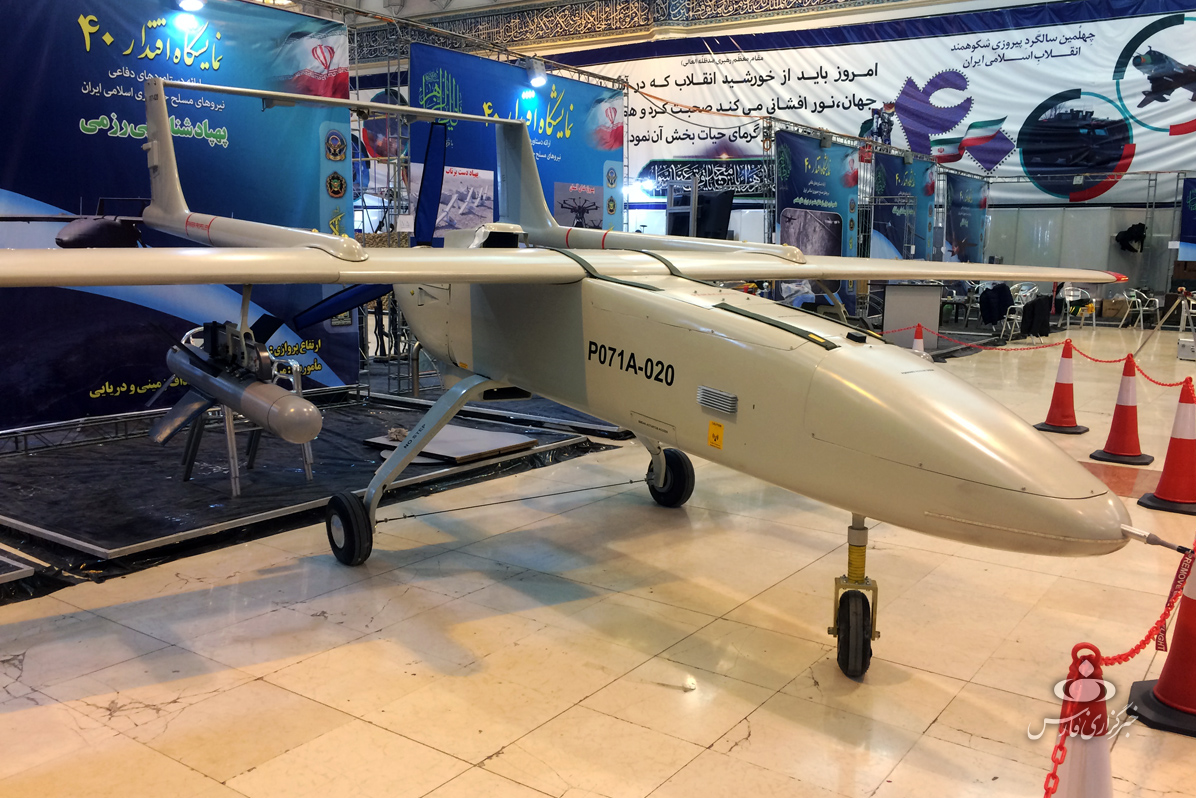
The discovery of the Rotax engine in the Mohajer-6 brought down over the Black Sea was initially made after Ukrainian intelligence specialists displayed the partially disassembled drone during a CNN network broadcast aired last Tuesday. In it, the outlet’s chief international correspondent Clarissa Ward was given exclusive access to view the recovered and now somewhat dissected Mohajer-6.

The drone is described by the U.S. Army’s Training and Doctrine Command as being an “Intelligence, Surveillance, Target Acquisition, and Reconnaissance (ISTAR) UAV capable of carrying a multispectral surveillance payload and/or up to two precision-guided munitions.” While the drone’s true manufacturer has been disputed, most sources point to Qods Aviation Industry Company as being the original designer.
According to Militarnyi, a Ukrainian military news outlet, the drone was taken apart piece by piece and revealed to be equipped with not only an Austrian Rotax engine but unspecified Japanese, Chinese, and American cameras, as well as a foreign laser range finder. The Ukrainian intelligence specialists also reportedly learned that the Mohajer-6 being inspected was manufactured in February of this year, meaning that its last flight over the Black Sea could have very well been among its first.
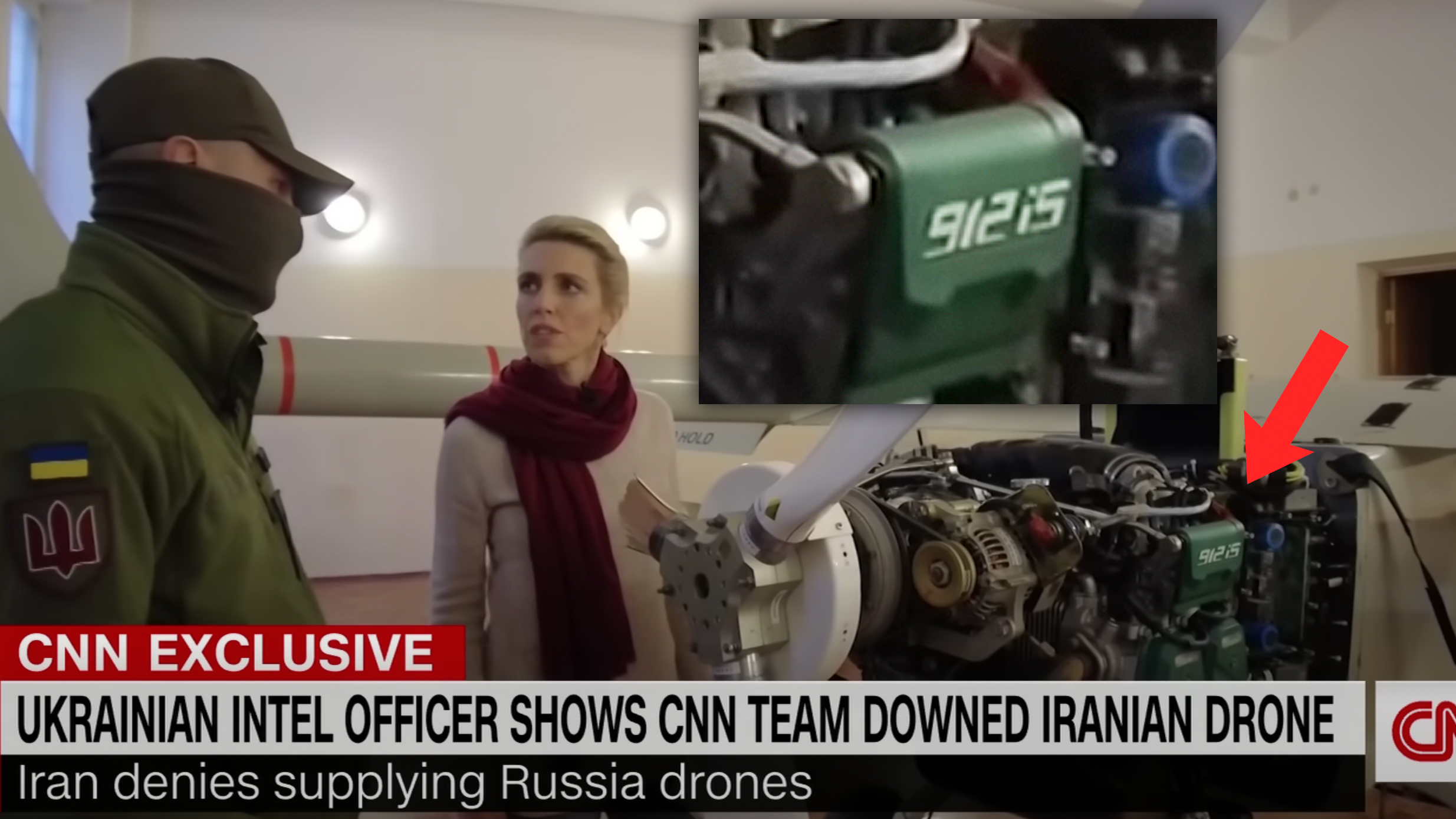
“These are mainly civilian components, they are not considered military goods, but Ukrainian intelligence expects that information about their origin [could] make it difficult for Iran to access these components,” read the Militarnyi article.
Strangely, though, reports of Rotax engines powering Iranian UAVs have existed for some time, specifically the Rotax 912 and 914 light aircraft engine variants. For example, the Iranian-made Shahed-129 is widely reported to use a Rotax 914 four-cylinder engine and first entered serial production in 2013.
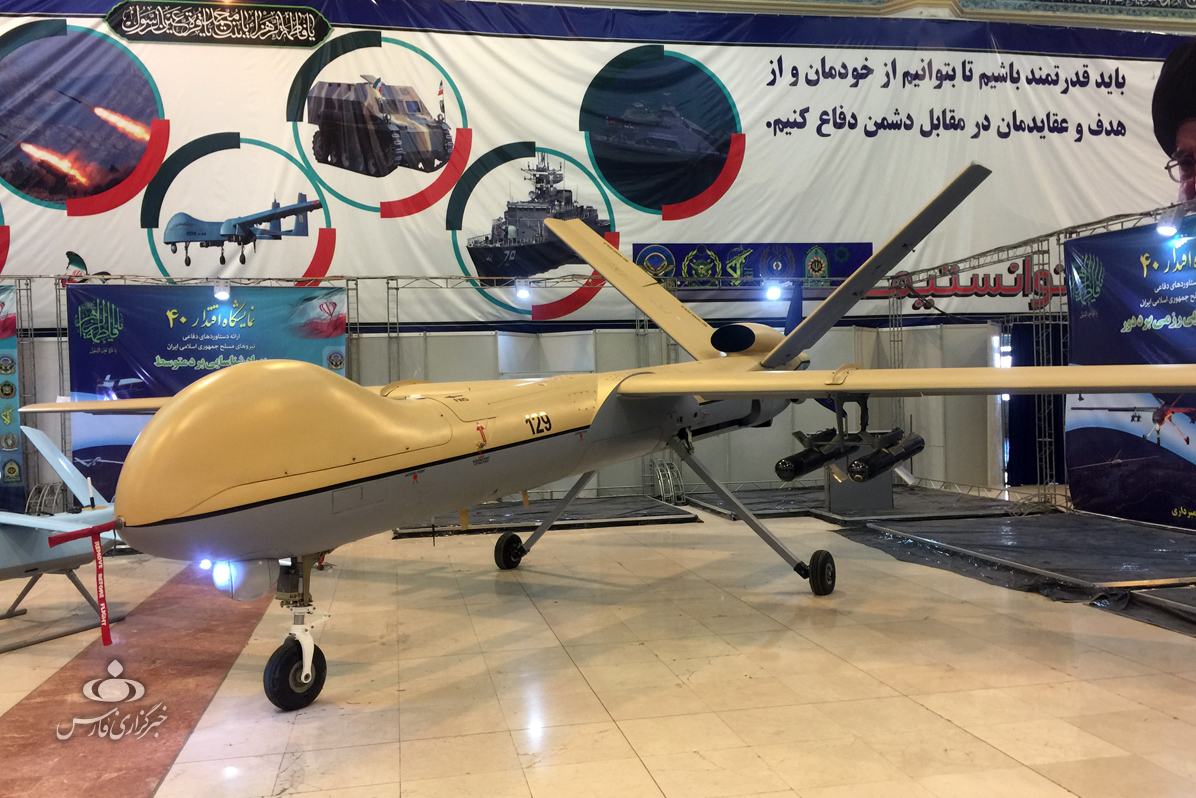

The War Zone has reached out to Rotax-BRP for further clarification on this matter but has yet to hear back in the time it took to write this report.
Either way, the use of Rotax engines is incredibly widespread, especially in light and experimental general aviation aircraft, and they clearly end up on the secondary market and there is potentially a black market for even newer examples. Iran is also well known to have entire networks dedicated to circumventing sanctions and acquiring various military and dual-use tech, as does Russia and especially North Korea. Everything from fake cutout companies to just straight-up theft could account for some engines, and that is on top of the secondary marketplace. In other words, there are likely many vectors for Iran to get its hands on Rotax engines.
In 2020, Rotax-BRP came under fire after it was learned that their engines were powering the Turkish Bayraktar TB2 drones used to target Armenians during the Nagorno-Karabakh conflict. As a response to the situation, BRP announced it would be temporarily suspending the export of Rotax 912 engines to “countries with unclear usage.”
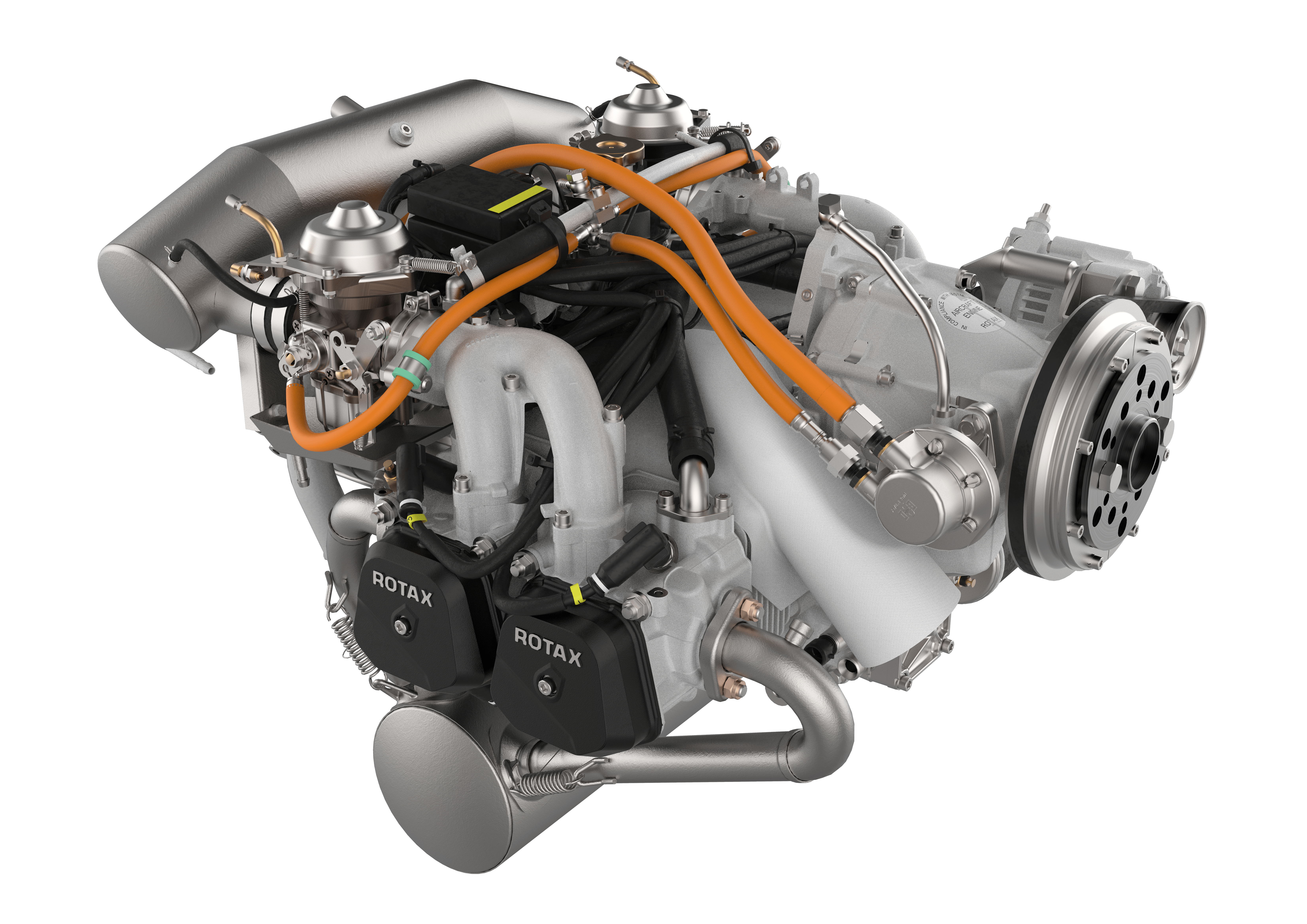
On top of that, in early October of this year, a Rotax 912 was found to be powering another Mohajer-6 drone that had been shot down by KDPI Peshmerga forces in Iraq.
As to the question of what Rotax can do that they haven’t already in response to this latest revelation and to prevent it from happening in the future, that remains unclear. Certainly examining the engine and its serial numbers could help in trying to figure out the chain of custody for this specific case. But as we have noted for years, the proliferation of potentially dangerous unmanned aircraft technologies will require major regulation and interdiction efforts, and even then, the flow of such components will be tough to lock down.
This story is still developing, so we’ll be sure to provide an update if more information becomes available or if we hear back from Rotax-BRP.
Contact the author: Emma@thewarzone.com
Update 6:30 PM EST Oct. 25, 2022:
Rotax 912 engines, like the one found in the Iranian Mohajer-6 drone recovered by Ukraine, have been targeted by sophisticated criminals around the world. Read more about that in our new story here.
